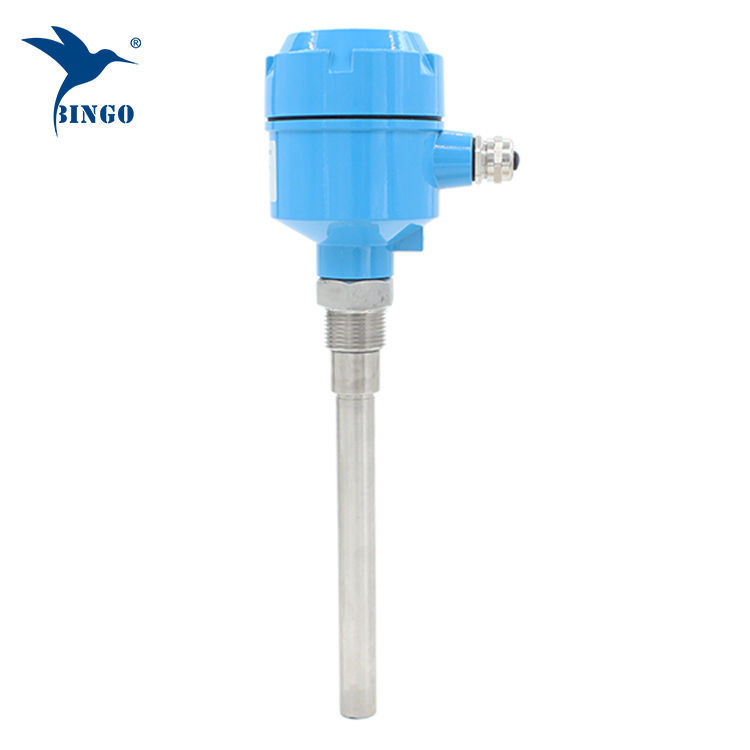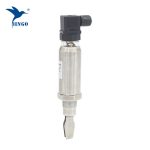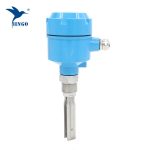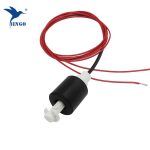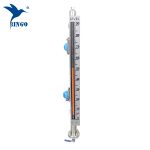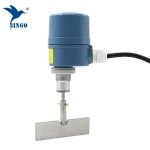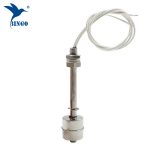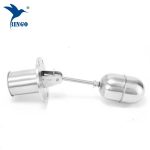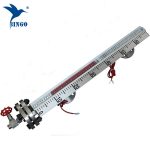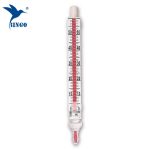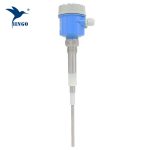Quick Details
Output: 4-20mA
Type: Vibrating Fork Liquid Level Switch
Certification: For use in non-hazardous areas only
Housing: 316L stainless steel (1.4404)
IP Rating: IP66 , IP67
Process Connection: Threaded or Hygienic
Process: -40 to 302 °F (-40 to 150 °C)
Process Pressure: 1450 psi at 122 °F (100 barg at 50 °C)
Delivery: as soon as possible
Description
The Company is a liquid point level switch based on vibrating short fork technology. With rugged stainless steel construction and performance unaffected by flow, turbulence, bubbles, foam, vibration, or solids content, the Rosemount 2110 liquid level switch is perfect for most fluid applications including overfill protection, pump protection, high level alarm, leak detection, and pump control.
The Company utilizes economical 3/4-in. or 1-in. threaded mounting in pipes or tanks or hygienic mounting for food industry use. Direct load switching suits all supplies or PNP output for direct interface to PLCs. Other features of the Rosemount 2110 liquid level switch include short circuit protection, status LED, and a Local Magnetic Test Point that makes function tests easy.
The Company withstands temperatures up to 300°F (150°C) and pressures to 1450 psig (100 barg) and is for use in safe areas. Installation is simple and no calibration is required. No moving parts means there is virtually no maintenance for the Rosemount 2110 liquid level switch.
Application Considerations
• Ensure liquid is inside the temperature and pressure ranges (see specifications).
• Check that the liquid is inside recommended viscosity range 0.2 to 10,000 cP.
• Examples of products with too high of viscosity is chocolate syrup, ketchup, peanut
butter and bitumen. The switch will still detect these products but the drain time can be
very long.
• Check that the liquid density is above 37.5 lb/ft 3(600 kg/m3).
• Examples of products with too low of density is acetone, pentane and hexane.
• Check for risk of build-up on the forks.
• Avoid situations where drying and coating products may create excessive build-up.
• Ensure no risk of bridging the forks.
• Examples of products that can create bridging of forks are dense paper slurries and bitumen.
• Check if solid content in liquid
• Problems may occur if product coats and dries causing caking
• As a guideline maximum solid particle diameter in the liquid is 0.2-in. (5 mm)
• Extra consideration is needed when dealing withparticles bigger than 0.2-in. (5 mm), consult factory
Competitive Advantage
It is a liquid point level switch based on the vibrating short fork technology. It is a compact switch with a rugged stainless steel body and forks for use in a wide range of liquid applications. Economical 3/4-in. or 1-in. threaded mounting in pipes or tanks or hygienic mounting for food industry use.Direct load switching suits all supplies or PNP output for direct interface to PLCs. For use in safe area only.

